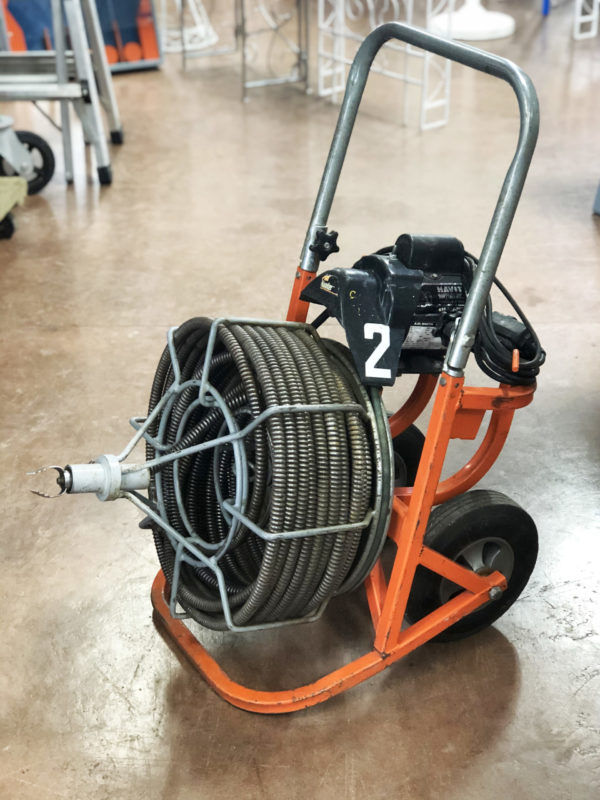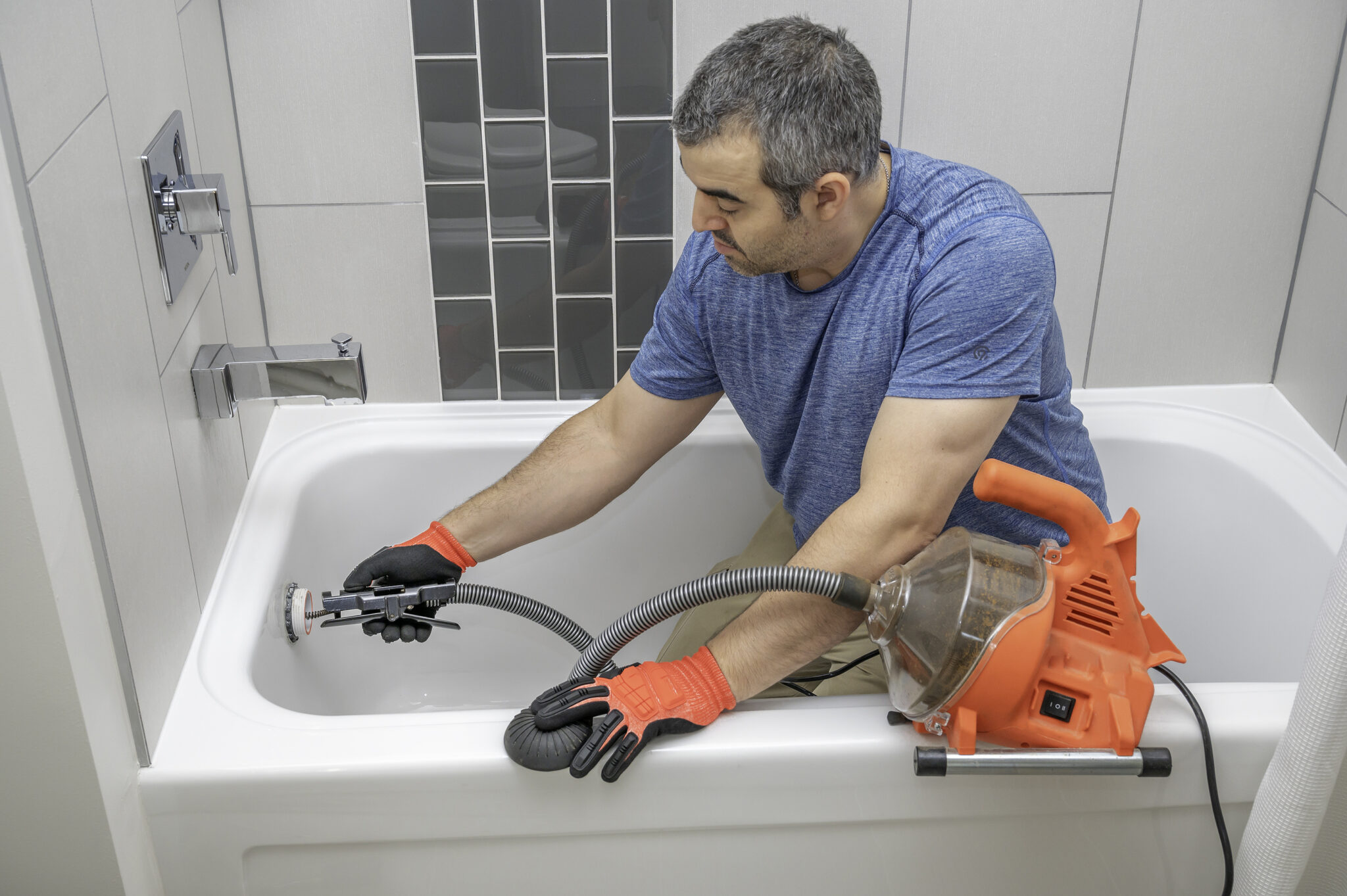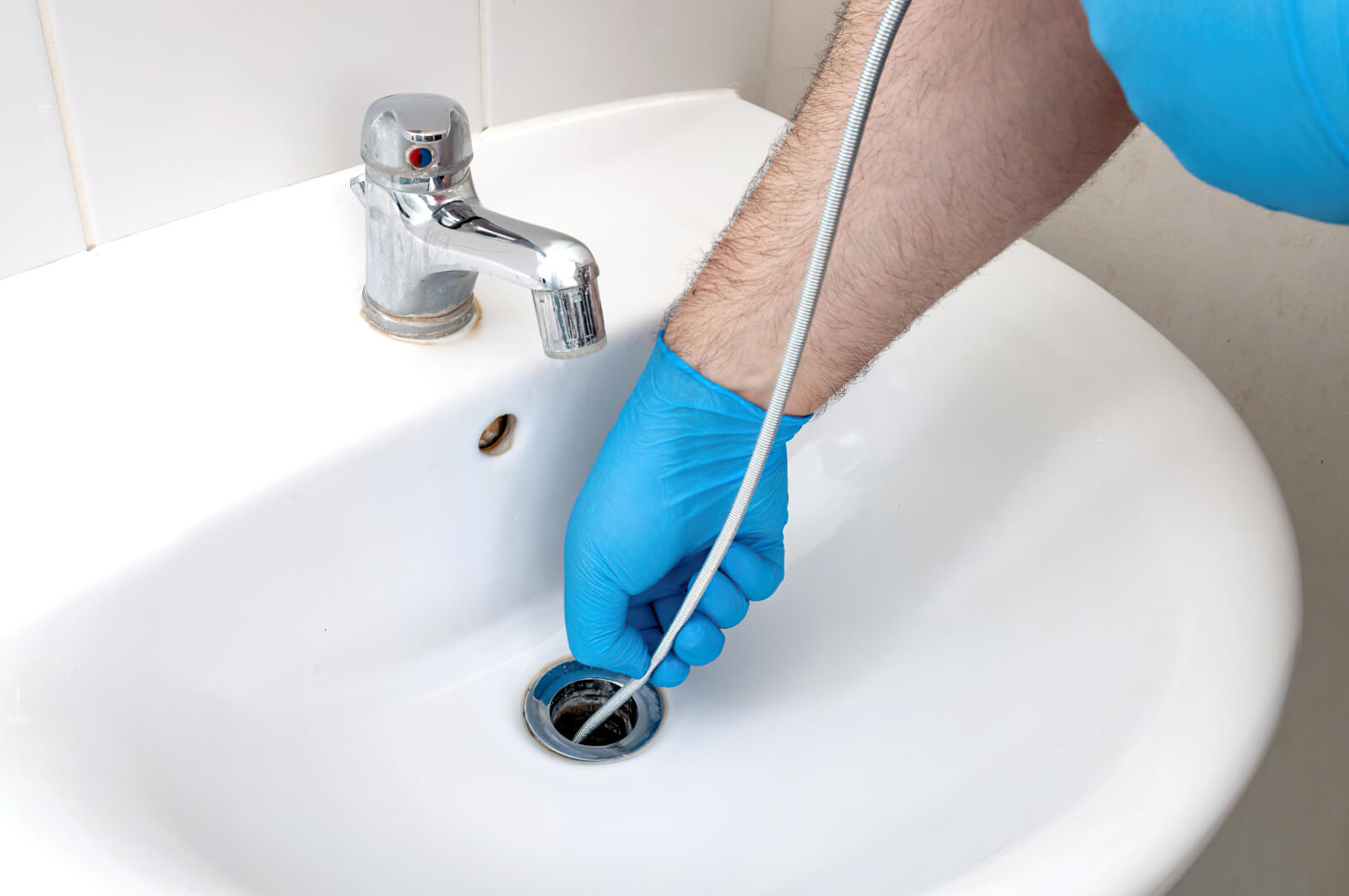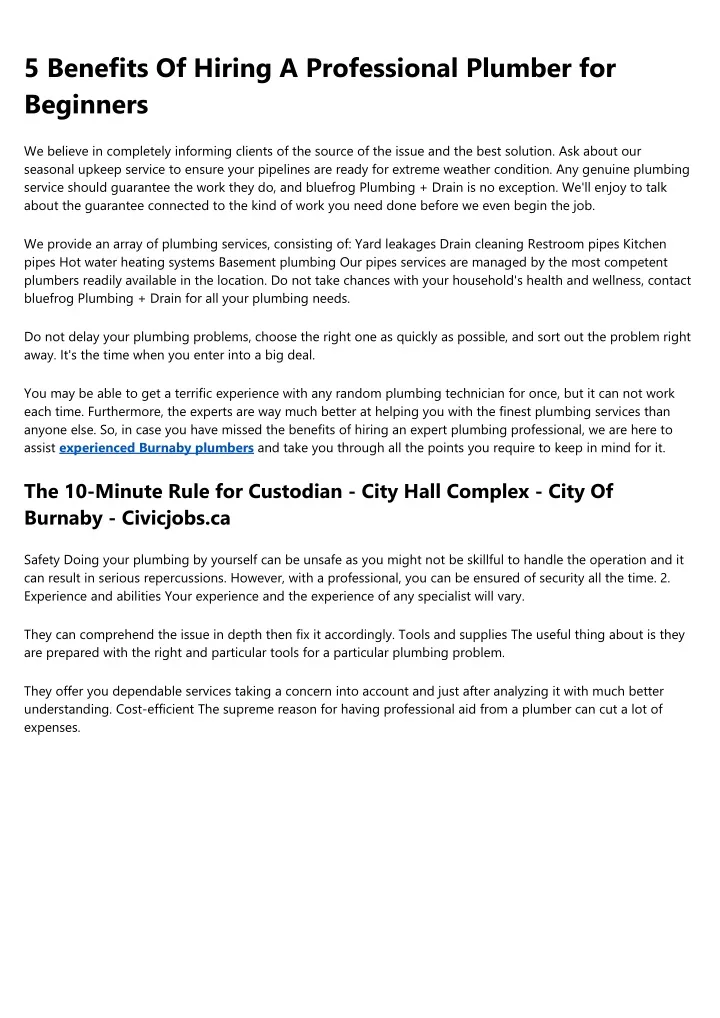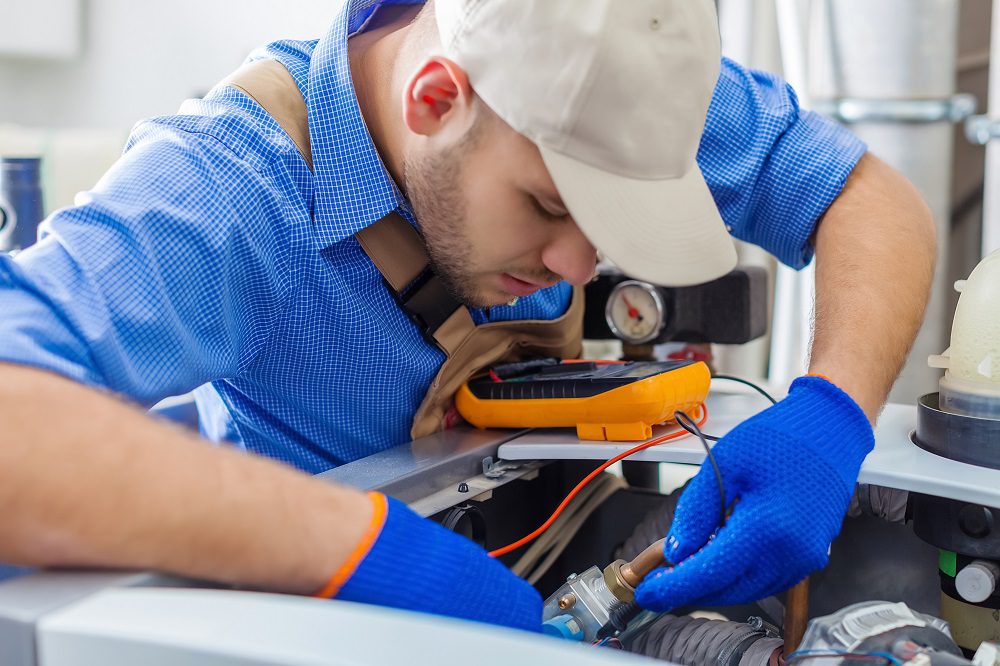Unclogging a kitchen sink without a garbage disposal can seem like a daunting task, but it doesn't have to be. One of the most common and effective methods is to use a plunger. This handy tool is designed to create suction and pressure to dislodge clogs and get your sink draining again. To use a plunger, start by filling the sink with enough water to cover the bottom of the plunger. Then, place the plunger over the drain and begin plunging up and down vigorously. This should create enough pressure to push the clog through the pipes and clear the blockage. Be patient and continue plunging until the water starts to drain freely.1. Use a plunger
If the plunger doesn't do the trick, you can try pouring boiling water down the drain. This method is especially effective for clogs caused by grease or oil buildup. Boiling water can help break down the fatty substances and flush them out of the pipes. To use this method, simply boil a pot of water and carefully pour it down the drain in stages. It's important to pour slowly and take breaks to let the water work its magic. After a few rounds of boiling water, test the drain to see if it's unclogged.2. Pour boiling water down the drain
Another popular and natural method for unclogging a kitchen sink without a garbage disposal is to use a mixture of baking soda and vinegar. This combination creates a chemical reaction that can break down and dissolve clogs. To use this method, start by pouring a pot of boiling water down the drain. Then, add half a cup of baking soda and let it sit for a few minutes. Next, pour a cup of vinegar down the drain and cover it with a plug or cloth to contain the reaction. Let it sit for about 30 minutes before flushing the drain with hot water.3. Use a mixture of baking soda and vinegar
If the clog is located deeper in the pipes, a drain snake may be your best bet. This flexible tool is designed to navigate through the curves and bends of your pipes and break up any clogs it encounters. To use a drain snake, insert it into the drain and start turning the handle clockwise. This will help the snake navigate through the pipes and push through any blockages. Keep turning until you feel the snake hit the clog. Then, continue turning and pulling the snake out to remove the clog.4. Try a drain snake
If you have a wet/dry vacuum, you can also try using it to unclog your kitchen sink. This powerful tool can create a suction strong enough to pull out stubborn clogs. To use this method, switch your vacuum to the wet setting and cover the vent with a cloth to create more suction. Then, place the hose over the drain and turn on the vacuum. This should create enough suction to pull out the clog. Once the water starts draining, turn off the vacuum and remove the cloth from the vent.5. Use a wet/dry vacuum
If you want to amp up the power of the baking soda and vinegar method, you can also add some salt to the mix. Salt acts as a mild abrasive and can help scrub away any buildup in the pipes. To use this method, start by pouring half a cup of baking soda down the drain. Then, add half a cup of salt and let it sit for a few minutes. Next, pour a cup of vinegar down the drain and cover it with a plug or cloth. Let it sit for 30 minutes before flushing with hot water.6. Use a combination of salt, baking soda, and vinegar
If the clog is particularly stubborn, you may need to resort to using a chemical drain cleaner. These products contain strong chemicals that can dissolve and break up clogs, but they should be used with caution as they can be harmful to the skin and eyes. To use a chemical drain cleaner, carefully follow the instructions on the product. Most will require you to pour the product down the drain and let it sit for a certain amount of time before flushing with hot water. Be sure to wear protective gloves and eyewear when handling these products.7. Use a chemical drain cleaner
If you prefer a more natural solution to chemical drain cleaners, you can create your own using dish soap and hot water. Dish soap is designed to cut through grease and grime, making it an effective tool for clearing clogs. To use this method, pour a cup of dish soap down the drain and let it sit for a few minutes. Then, pour a pot of boiling water down the drain and let it work its magic. You may need to repeat this process a few times to fully unclog the drain.8. Try a homemade drain cleaner using dish soap and hot water
If all else fails, you can combine the power of a plunger and a drain snake to tackle stubborn clogs. This method allows you to create both suction and pressure to dislodge the clog and push it through the pipes. To use this method, start by using the plunger as described in method #1. If that doesn't work, insert the drain snake and turn it clockwise as described in method #4. The combination of these two tools should be enough to clear most clogs.9. Use a plunger and a drain snake together
If none of the above methods work, it may be time to call in the professionals. A licensed plumber will have the necessary tools and expertise to unclog your kitchen sink without a garbage disposal. While it may cost more than DIY methods, hiring a plumber can save you time and frustration, and ensure the clog is properly cleared. Plus, they may be able to identify any underlying issues and prevent future clogs. Unclogging a kitchen sink without a garbage disposal may seem like a daunting task, but with these methods, you can get your sink draining again in no time. Remember to be patient and persistent, and if all else fails, don't hesitate to call in a professional for help.10. Call a professional plumber
Why You Should Consider Unclogging Your Kitchen Sink Without a Garbage Disposal

The Importance of a Functional Kitchen Sink
 Kitchen sinks
are an essential part of any household. They are used for cooking, cleaning, and washing dishes, making them one of the most frequently used fixtures in a home. However, when your kitchen sink gets clogged, it can be a major inconvenience and disrupt your daily routine. Not to mention, a clogged kitchen sink can also be a breeding ground for bacteria and unpleasant odors. That's why it's important to address the issue as soon as possible, especially if you don't have a garbage disposal.
Kitchen sinks
are an essential part of any household. They are used for cooking, cleaning, and washing dishes, making them one of the most frequently used fixtures in a home. However, when your kitchen sink gets clogged, it can be a major inconvenience and disrupt your daily routine. Not to mention, a clogged kitchen sink can also be a breeding ground for bacteria and unpleasant odors. That's why it's important to address the issue as soon as possible, especially if you don't have a garbage disposal.
The Drawbacks of Using a Garbage Disposal
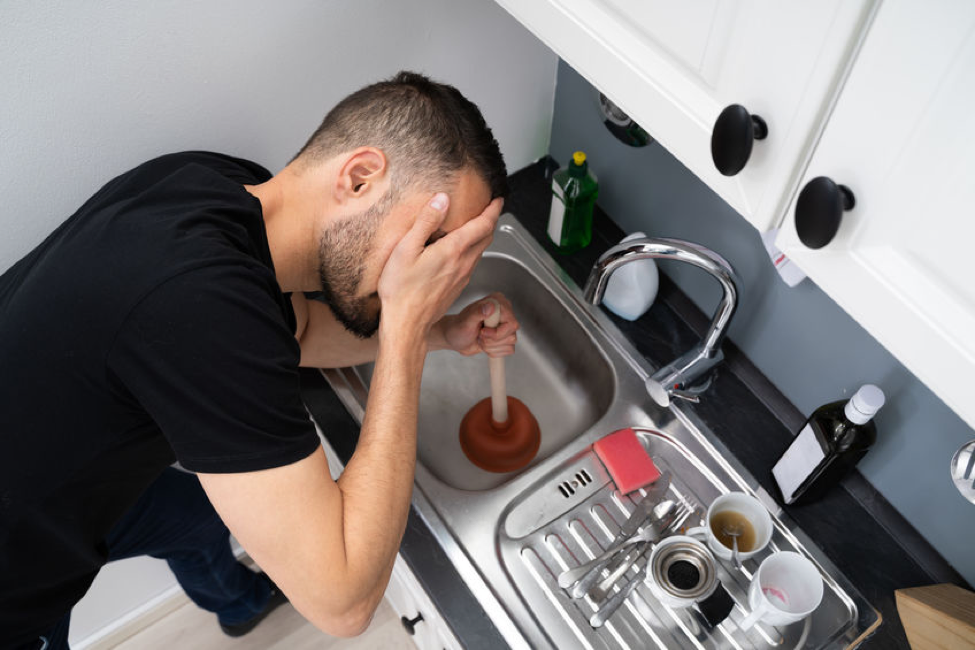 Garbage disposals
are a popular option for many homeowners, as they can quickly and easily grind up food scraps and send them down the drain. However, they can also be a source of frustration and costly repairs. Over time, the blades can dull and become less effective, leading to clogs and backups. They can also be noisy and use a significant amount of water to operate, increasing your utility bills. In addition, not all food scraps can be safely disposed of in a garbage disposal, such as large bones or fibrous vegetables, which can cause clogs and damage to the disposal unit.
Garbage disposals
are a popular option for many homeowners, as they can quickly and easily grind up food scraps and send them down the drain. However, they can also be a source of frustration and costly repairs. Over time, the blades can dull and become less effective, leading to clogs and backups. They can also be noisy and use a significant amount of water to operate, increasing your utility bills. In addition, not all food scraps can be safely disposed of in a garbage disposal, such as large bones or fibrous vegetables, which can cause clogs and damage to the disposal unit.
The Benefits of Unclogging Your Kitchen Sink Without a Garbage Disposal
 Unclogging your kitchen sink without a garbage disposal
may seem like a daunting task, but it can actually have many benefits. Firstly, it can save you money on repairs and replacements for a malfunctioning disposal unit. It can also help you to be more mindful of what you are putting down your drain, as you will need to be careful not to clog it again. This can lead to better kitchen habits, such as properly disposing of food scraps in the trash or compost. Additionally, it can be a more environmentally friendly option, as you will not be using excessive amounts of water or electricity to operate a garbage disposal.
Unclogging your kitchen sink without a garbage disposal
may seem like a daunting task, but it can actually have many benefits. Firstly, it can save you money on repairs and replacements for a malfunctioning disposal unit. It can also help you to be more mindful of what you are putting down your drain, as you will need to be careful not to clog it again. This can lead to better kitchen habits, such as properly disposing of food scraps in the trash or compost. Additionally, it can be a more environmentally friendly option, as you will not be using excessive amounts of water or electricity to operate a garbage disposal.
How to Unclog Your Kitchen Sink Without a Garbage Disposal
 Unclogging your kitchen sink without a garbage disposal
can be done using a few simple tools and techniques. One method is to use a plunger to create suction and dislodge the clog. Another option is to use a drain snake to physically remove the blockage. You can also try pouring a mixture of hot water, baking soda, and vinegar down the drain to break up and dissolve the obstruction. However, if these methods do not work or you are uncomfortable attempting them yourself, it's best to call a professional plumber for assistance.
Unclogging your kitchen sink without a garbage disposal
can be done using a few simple tools and techniques. One method is to use a plunger to create suction and dislodge the clog. Another option is to use a drain snake to physically remove the blockage. You can also try pouring a mixture of hot water, baking soda, and vinegar down the drain to break up and dissolve the obstruction. However, if these methods do not work or you are uncomfortable attempting them yourself, it's best to call a professional plumber for assistance.
In Conclusion
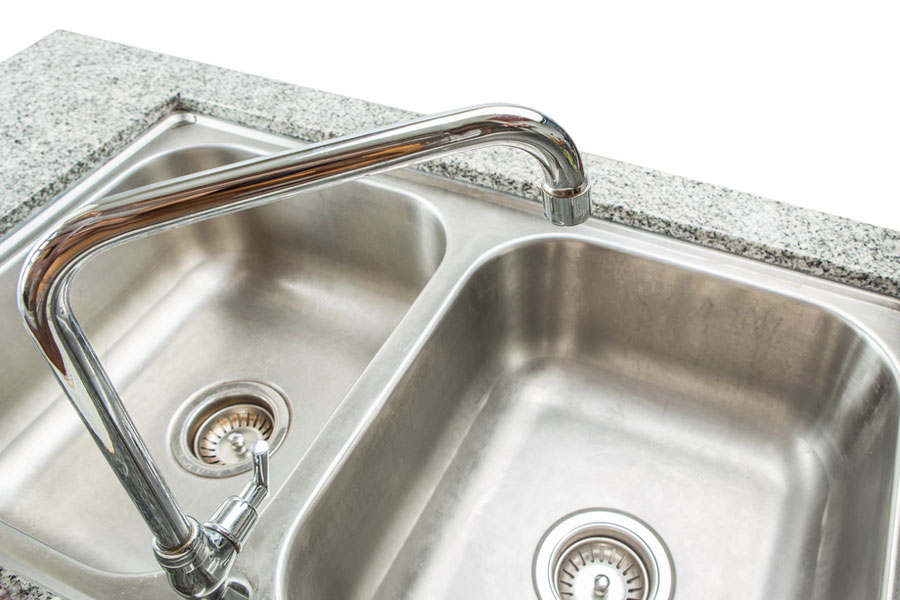 While a garbage disposal may seem like a convenient option for unclogging your kitchen sink, it can come with its own set of drawbacks. Considering the benefits of unclogging without a disposal, such as cost savings and better kitchen habits, it may be worth trying alternative methods first. However, if the clog persists or you are not comfortable attempting to fix it yourself, it's best to seek professional help. A functional and clean kitchen sink is essential for a well-designed and efficient home, so don't let a clogged drain hold you back.
While a garbage disposal may seem like a convenient option for unclogging your kitchen sink, it can come with its own set of drawbacks. Considering the benefits of unclogging without a disposal, such as cost savings and better kitchen habits, it may be worth trying alternative methods first. However, if the clog persists or you are not comfortable attempting to fix it yourself, it's best to seek professional help. A functional and clean kitchen sink is essential for a well-designed and efficient home, so don't let a clogged drain hold you back.


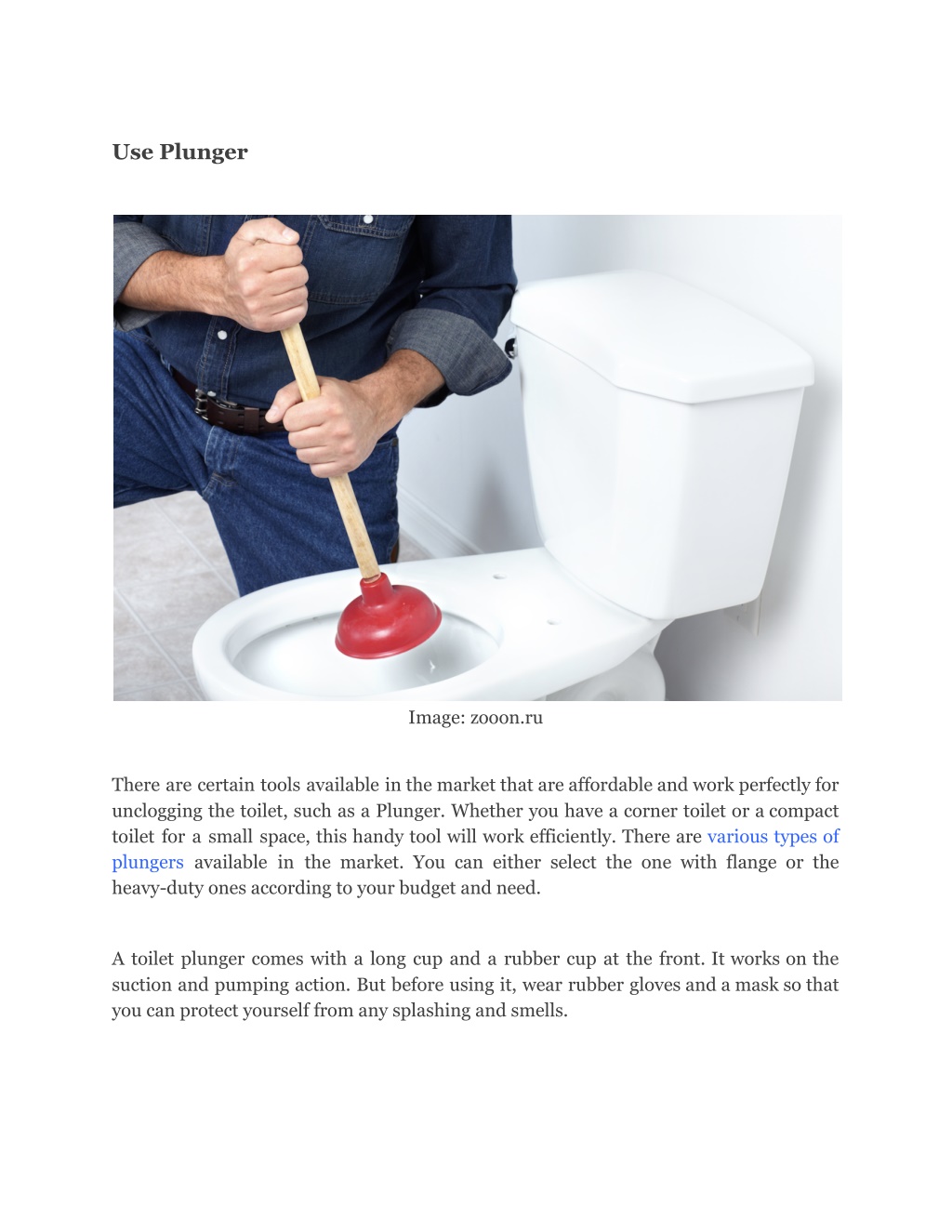
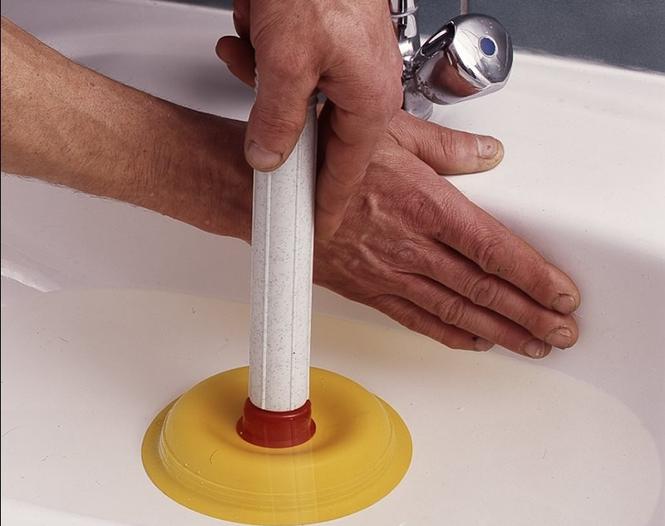

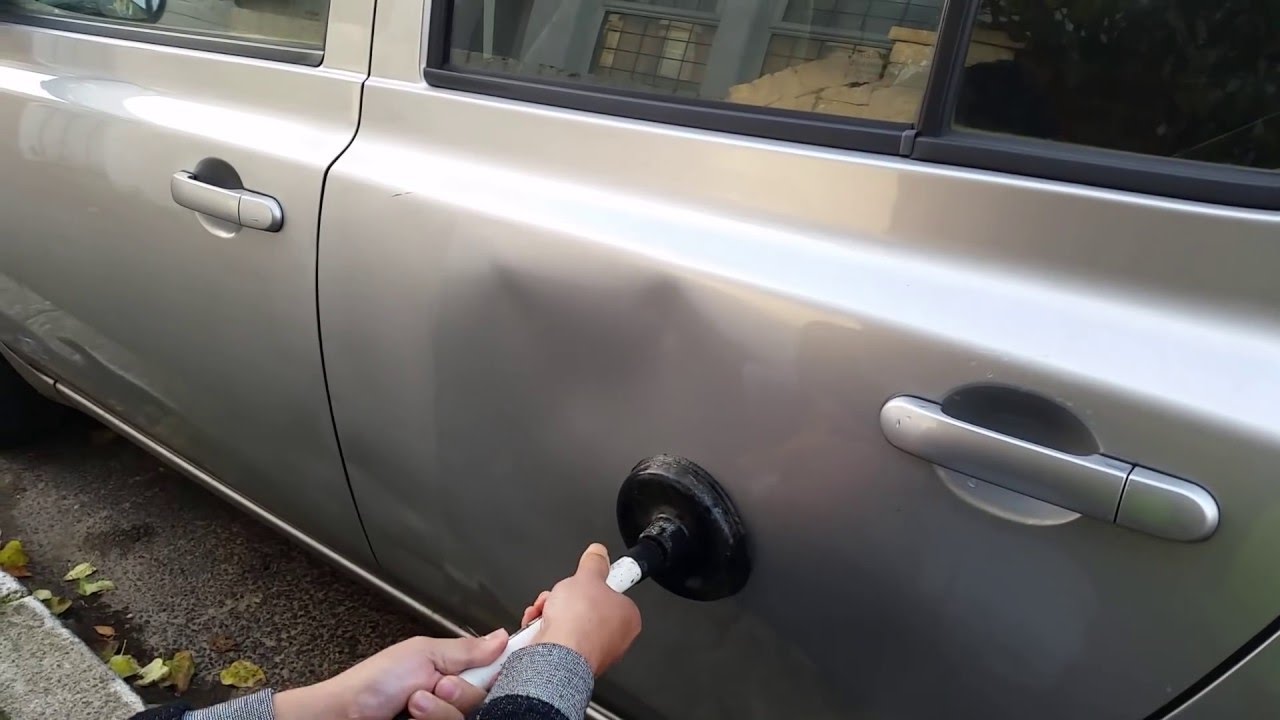







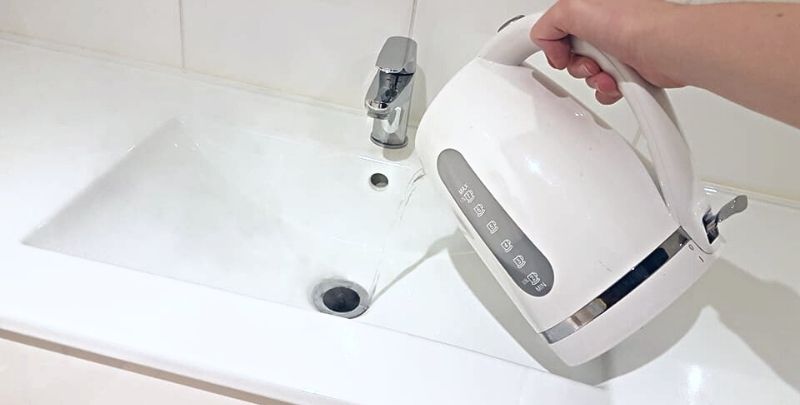

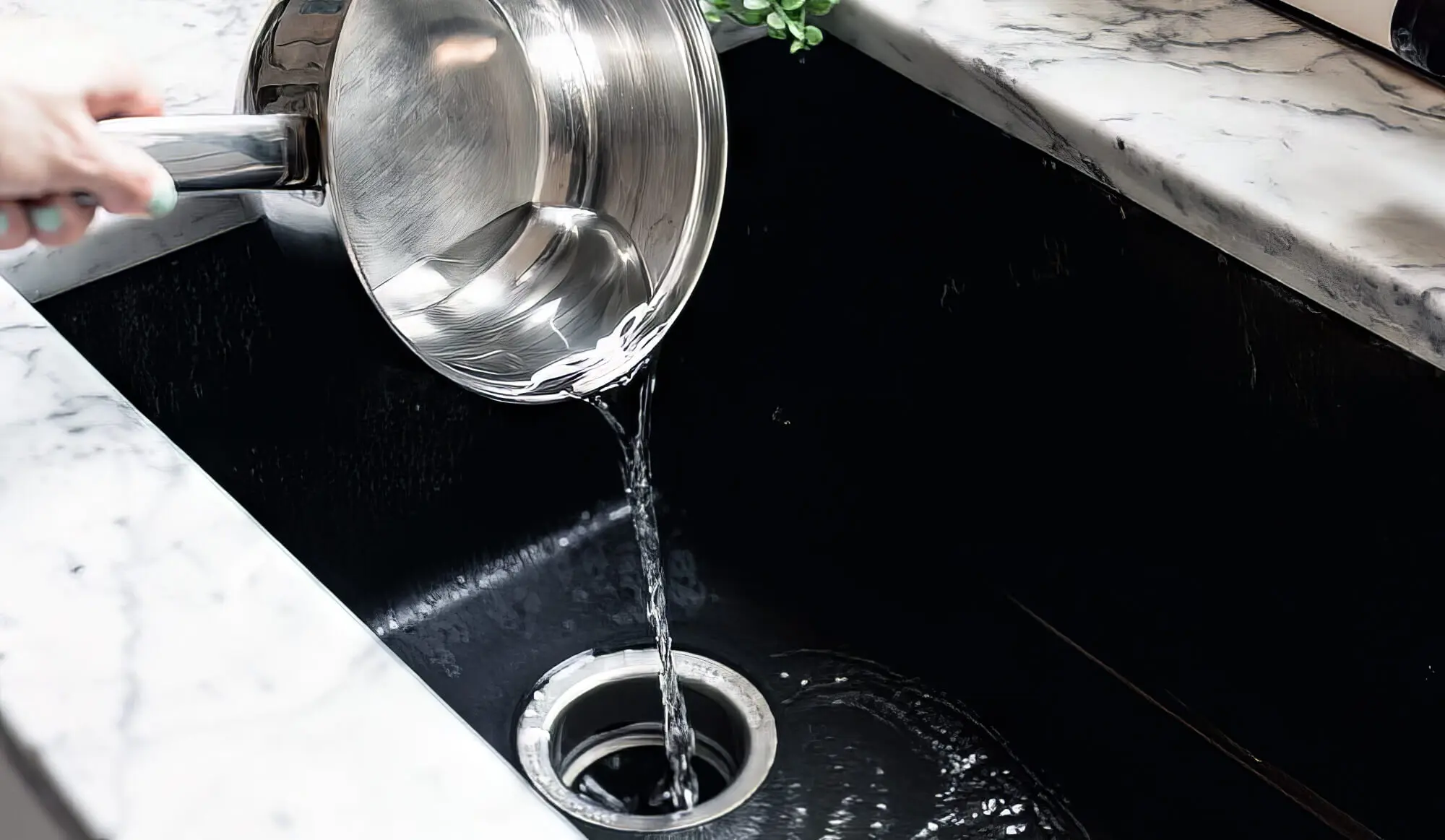
.jpg?time=1689761045394)
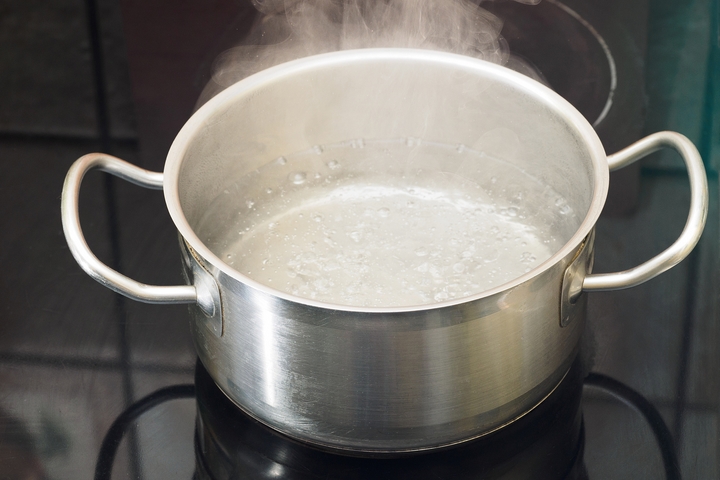



:max_bytes(150000):strip_icc()/GettyImages-1459148353-279aed56a15749c2a7310a882dbe3571.jpg)









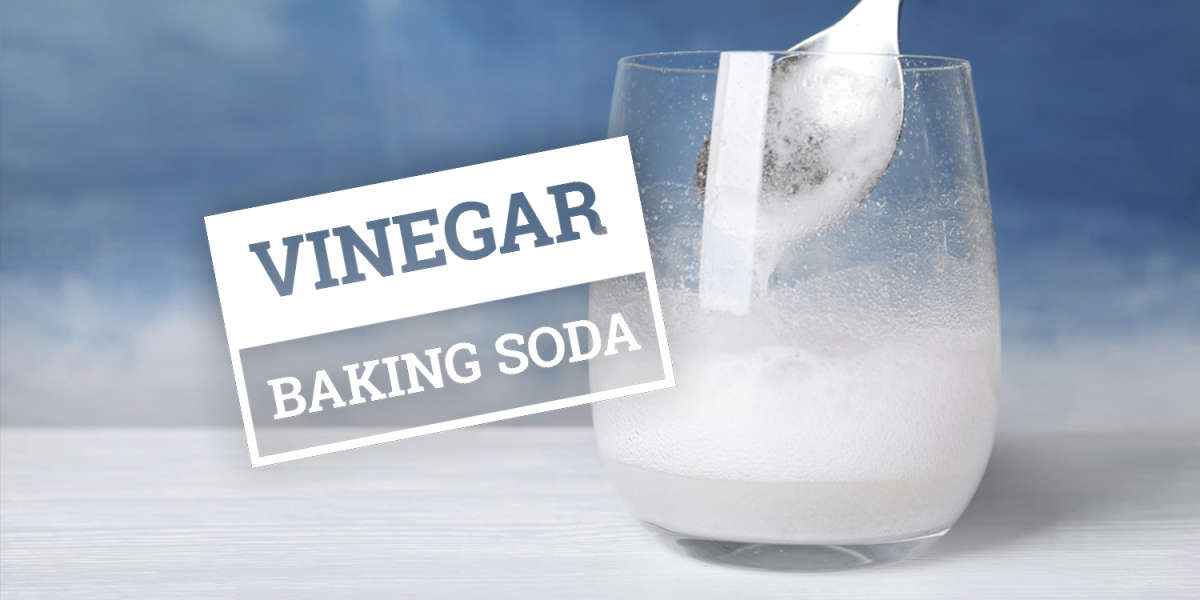
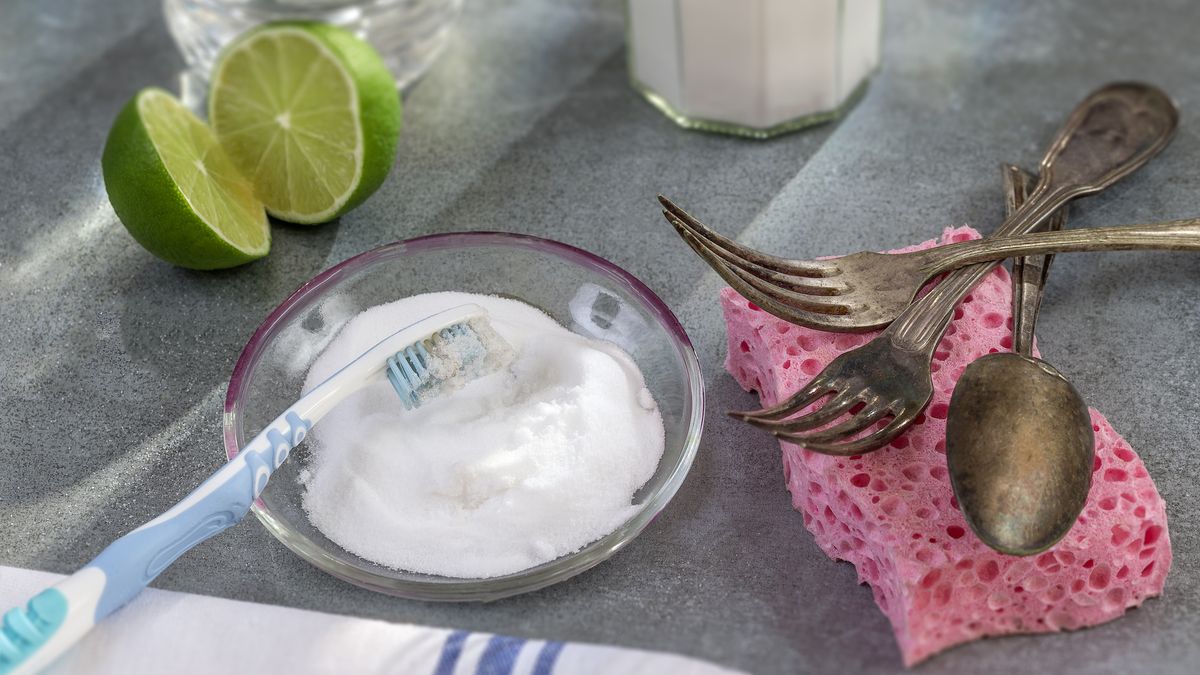

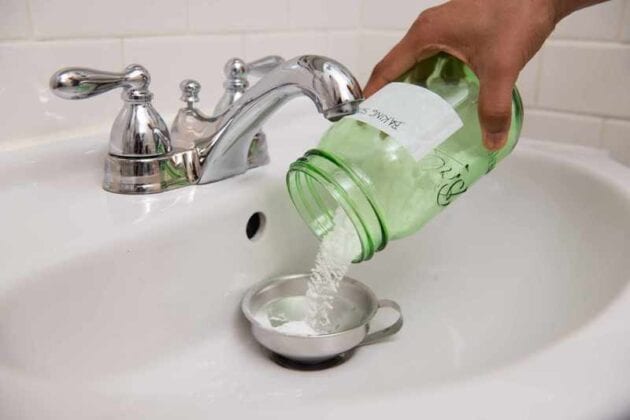
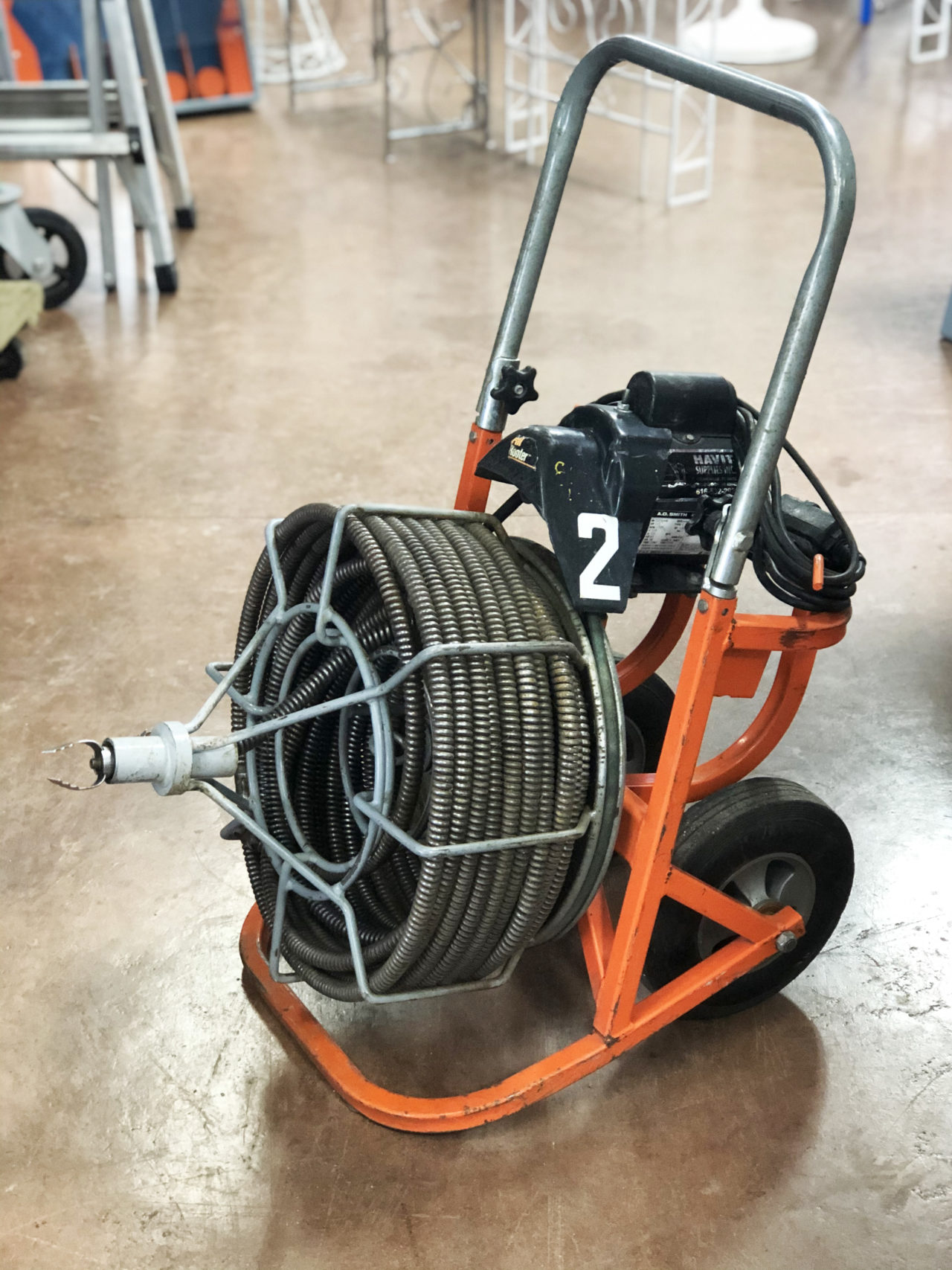



/DrainSnake-c4efd6c0f57e4994a171a4b2f2463059.jpg)

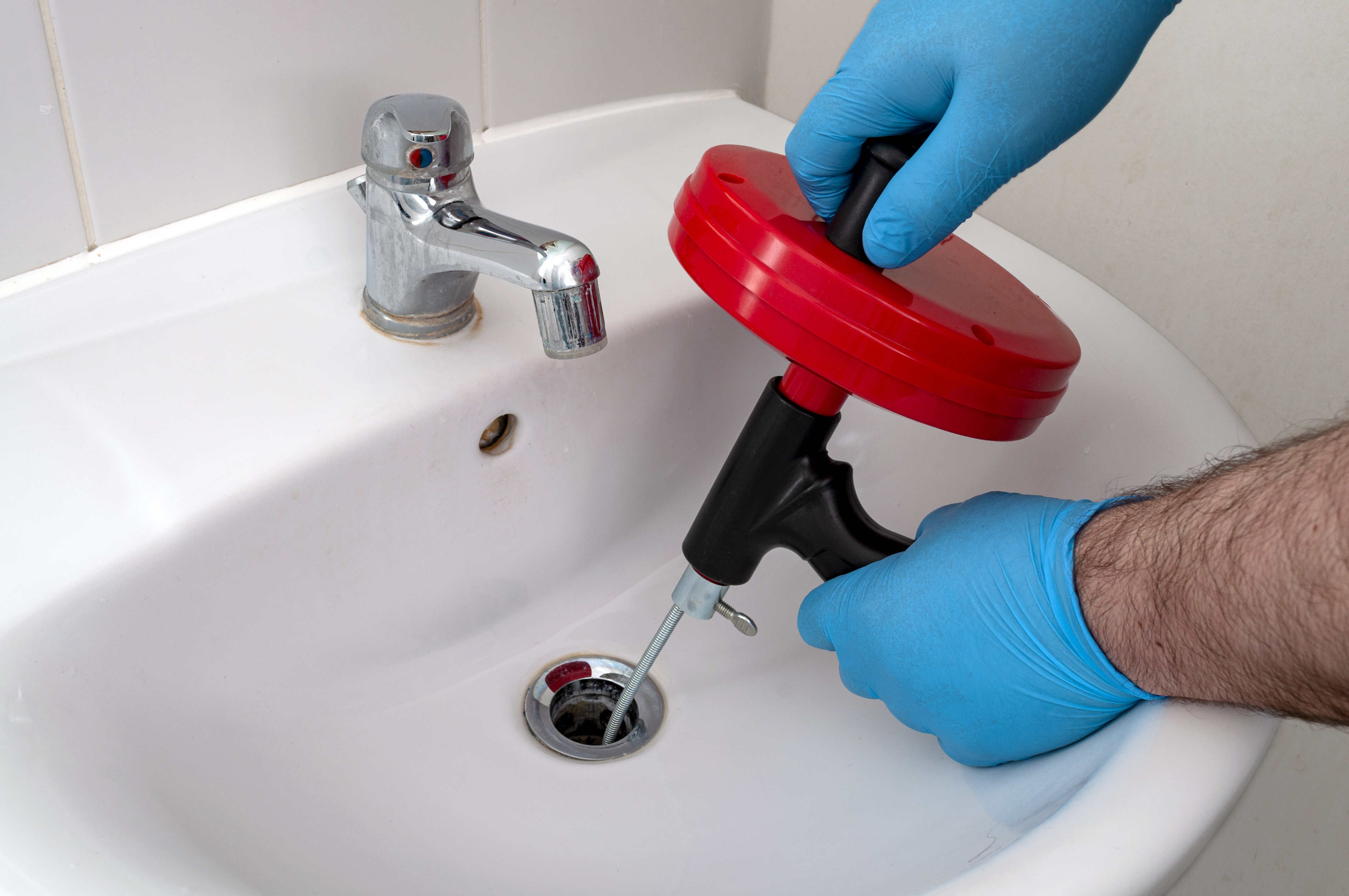
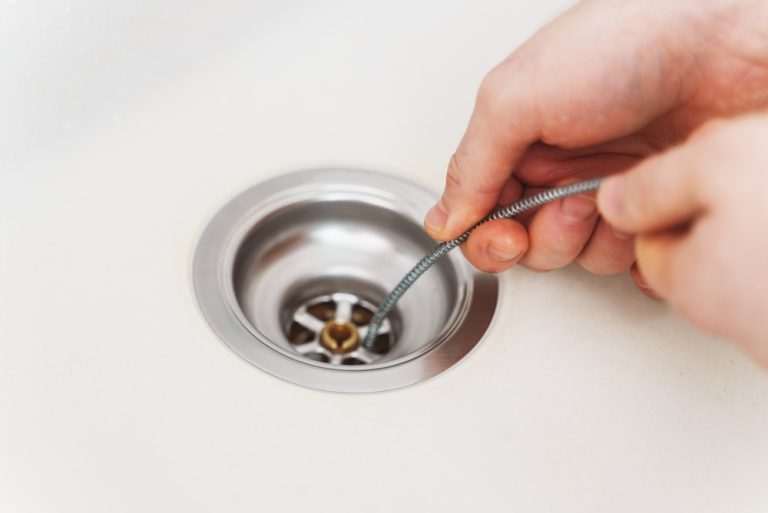
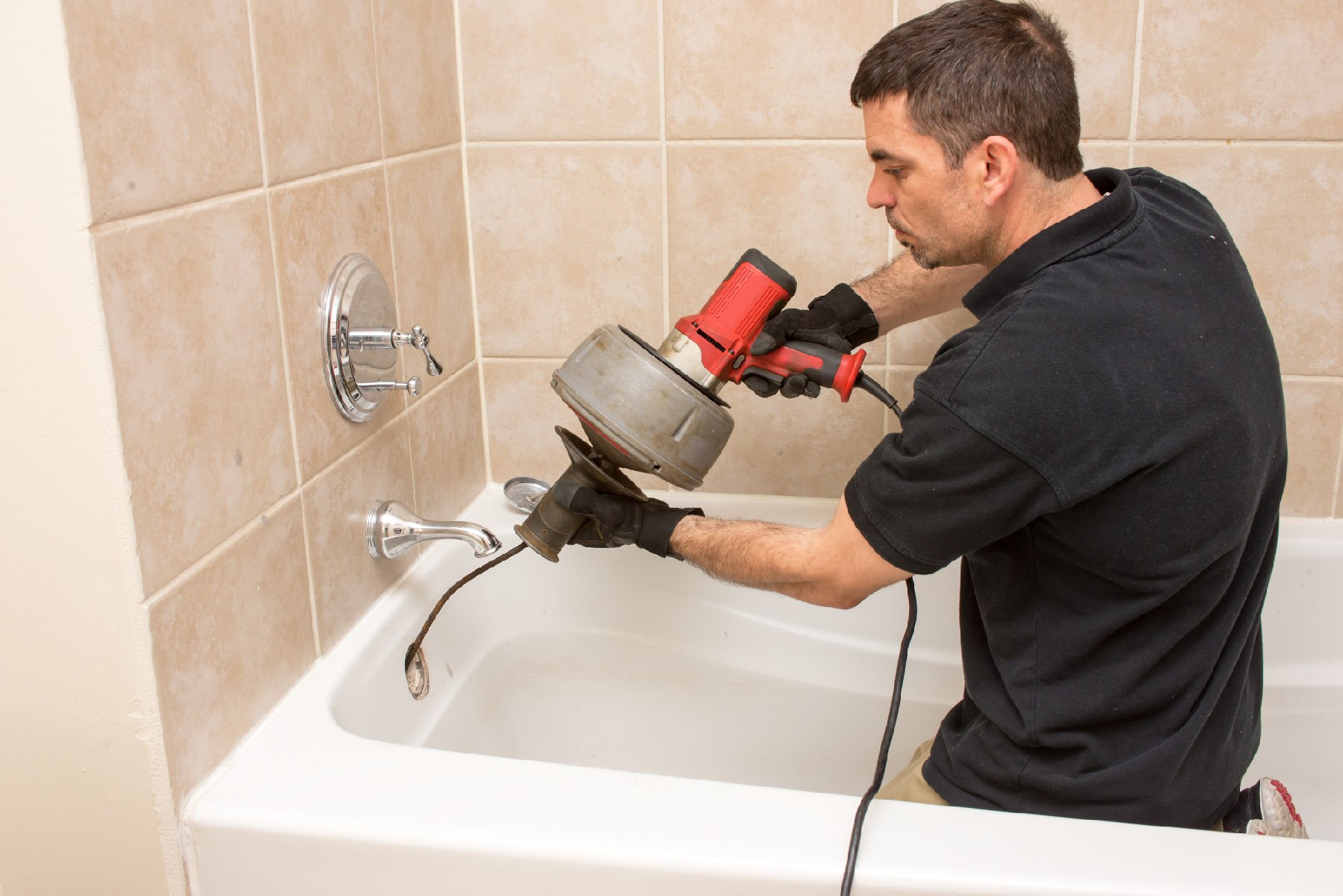
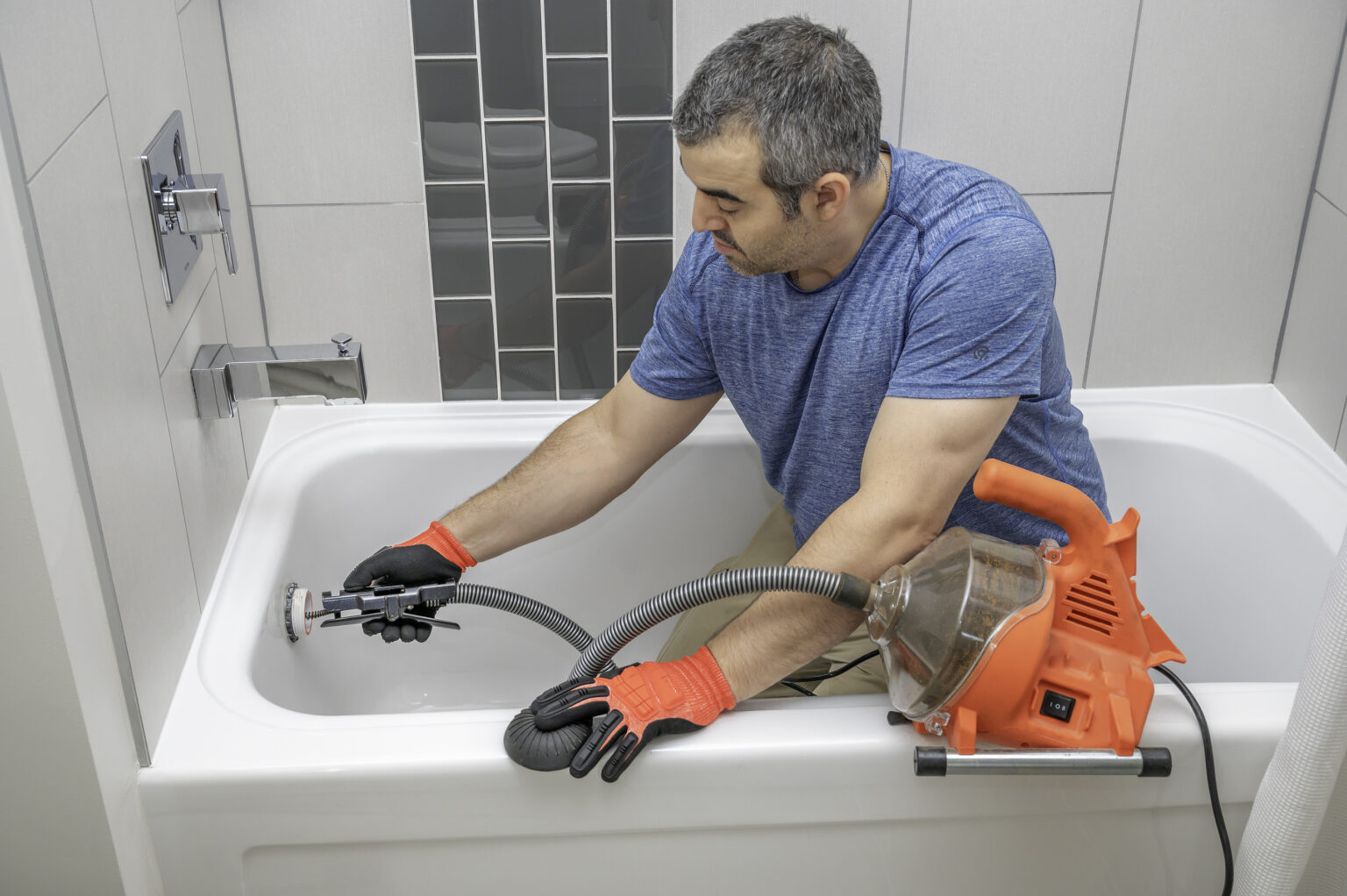




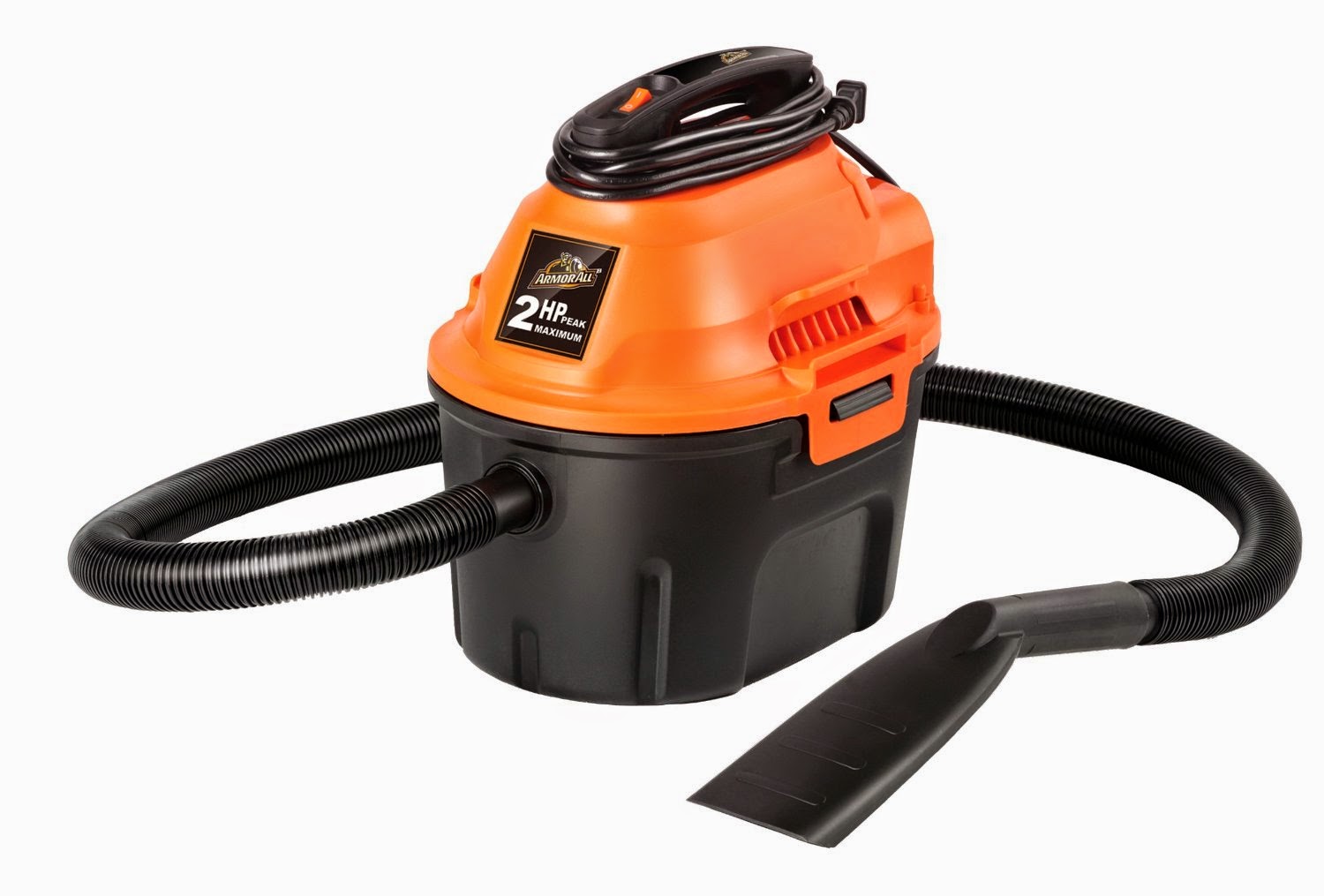



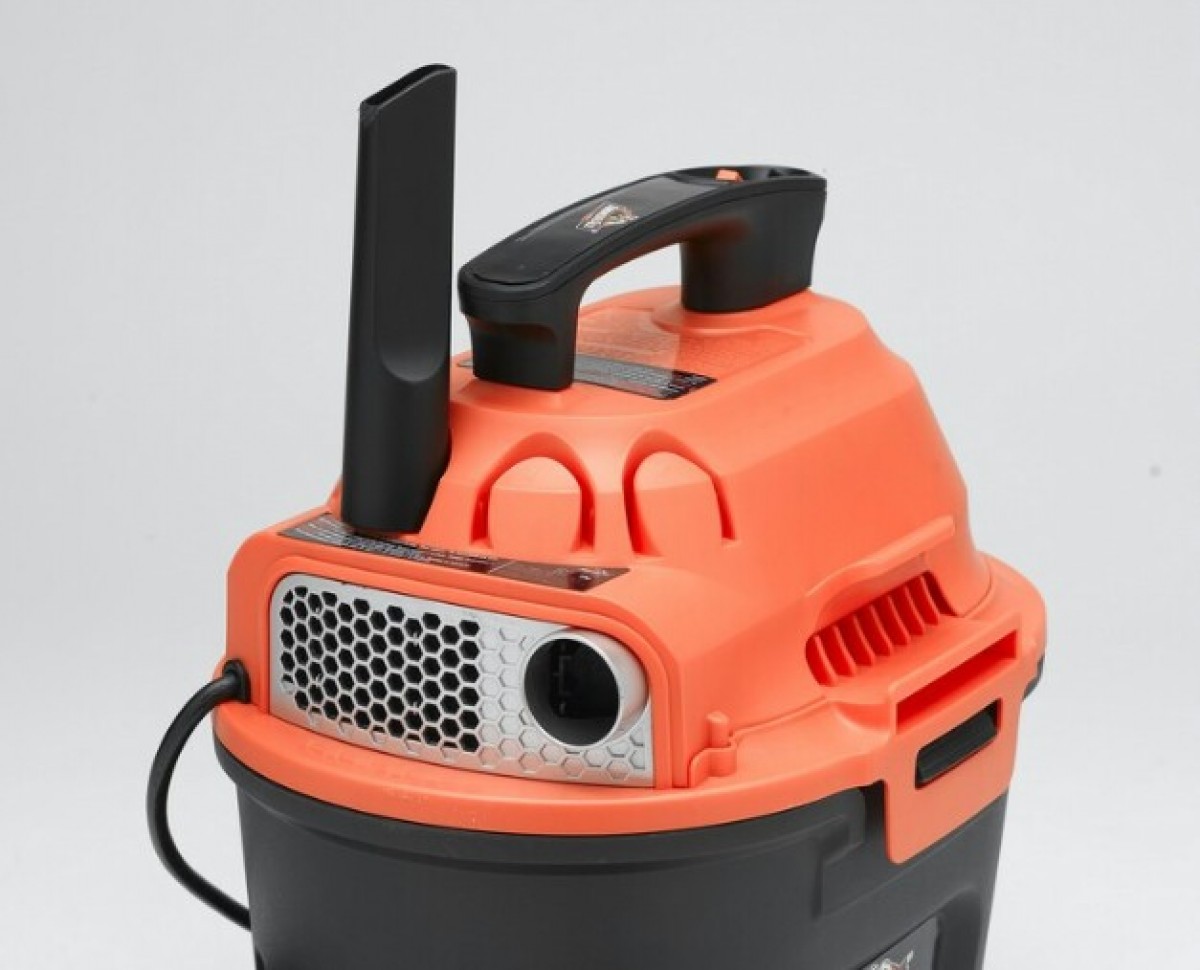
















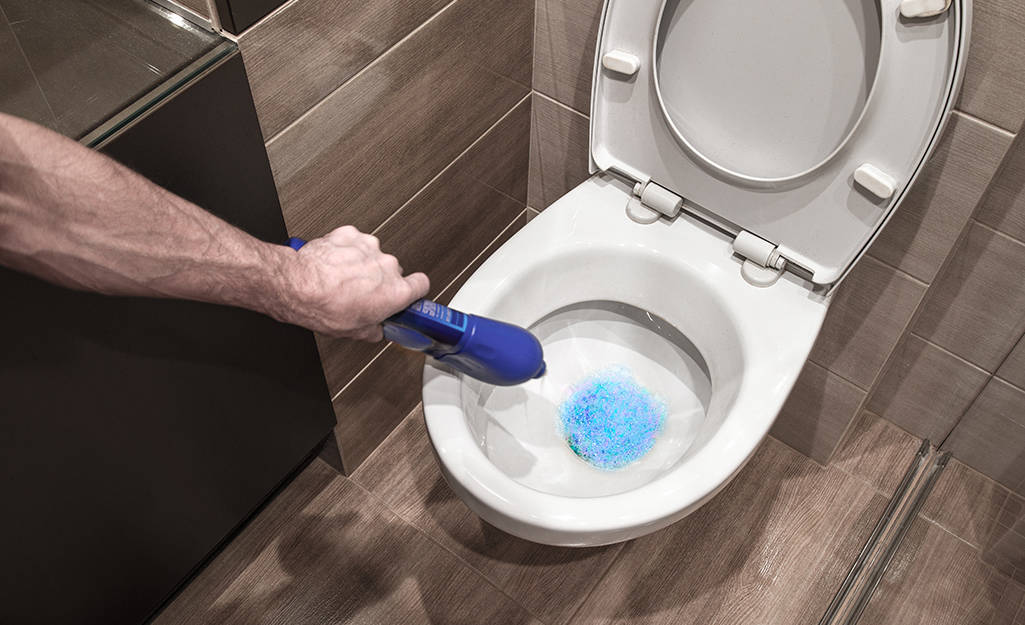

.jpg)


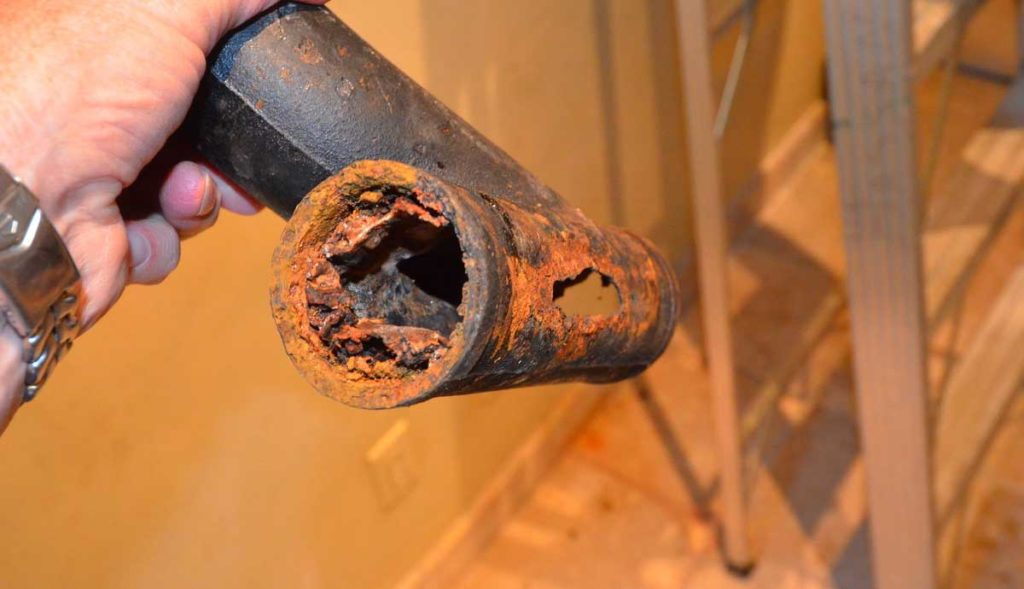

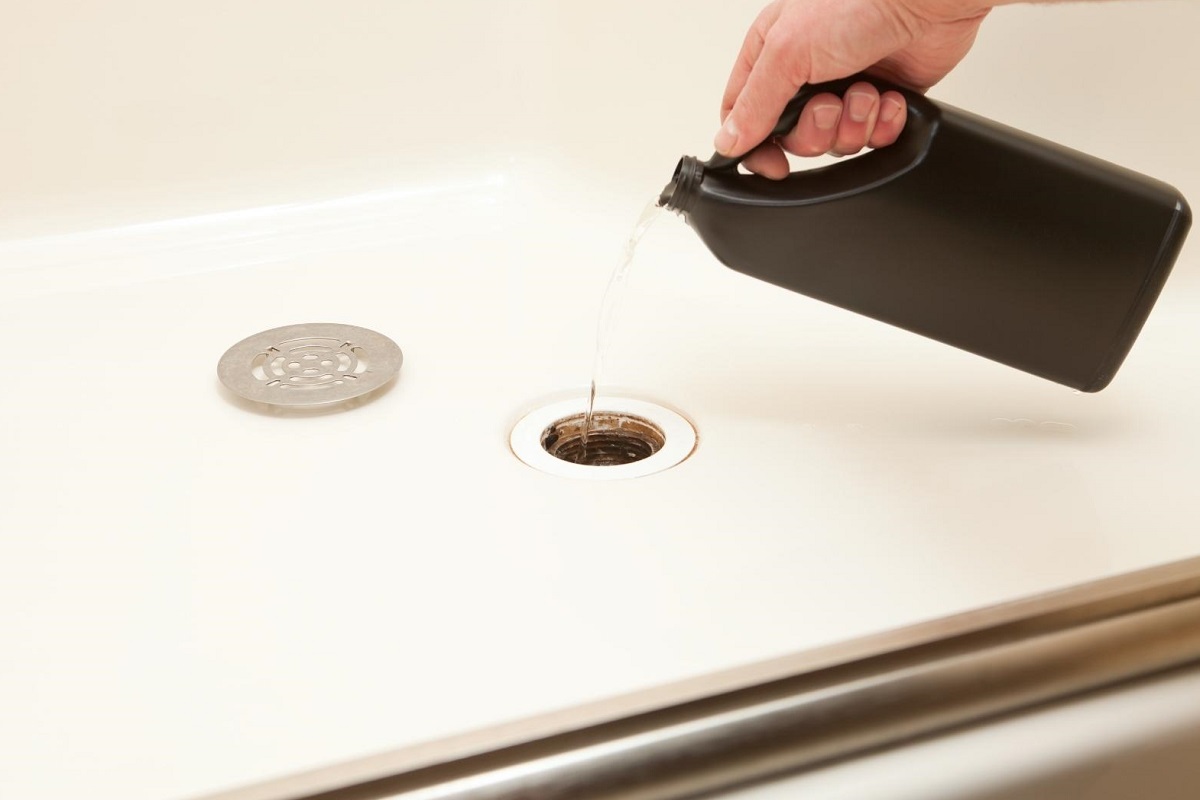


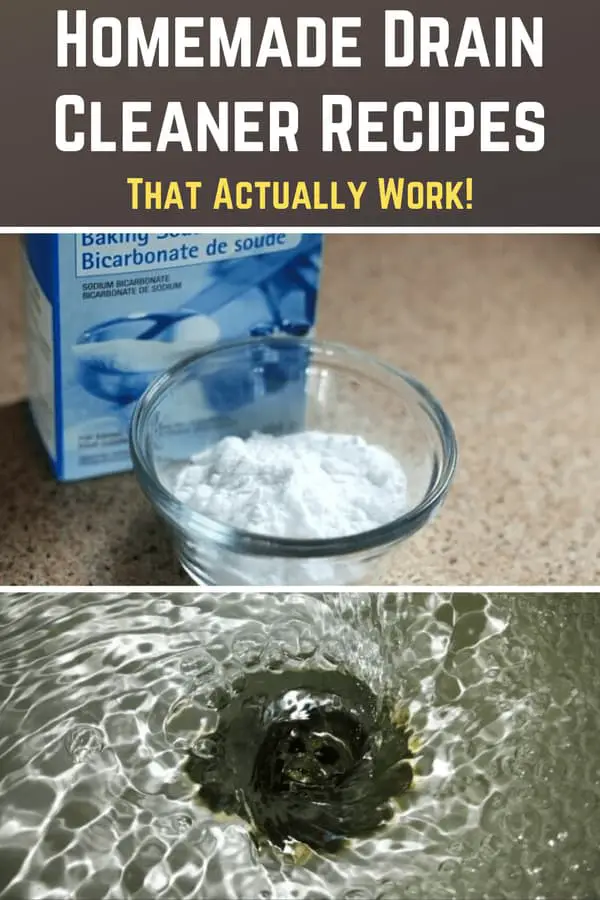


/GettyImages-80566571-5a1ca234aad52b00373338ff.jpg)
:max_bytes(150000):strip_icc()/homemade-drain-cleaner-2718784-10-d0d43469f00a45f6890b0a959d28cc8e.jpg)


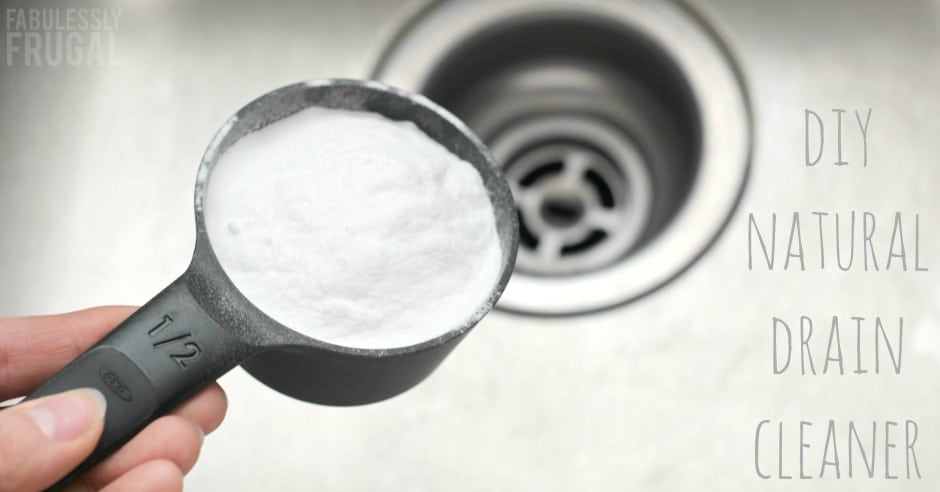
/98292130-56a12f705f9b58b7d0bcdef7.jpg)

